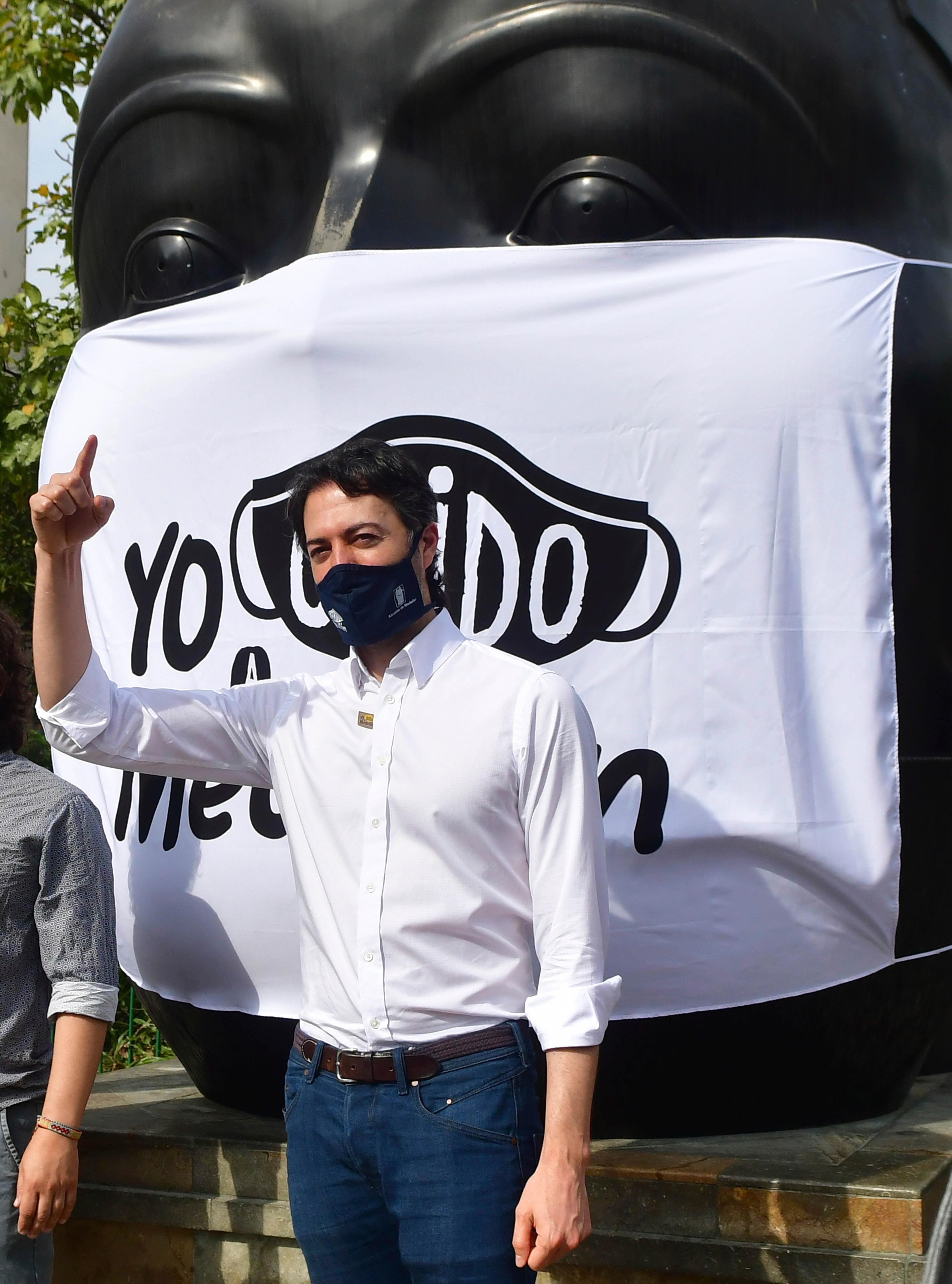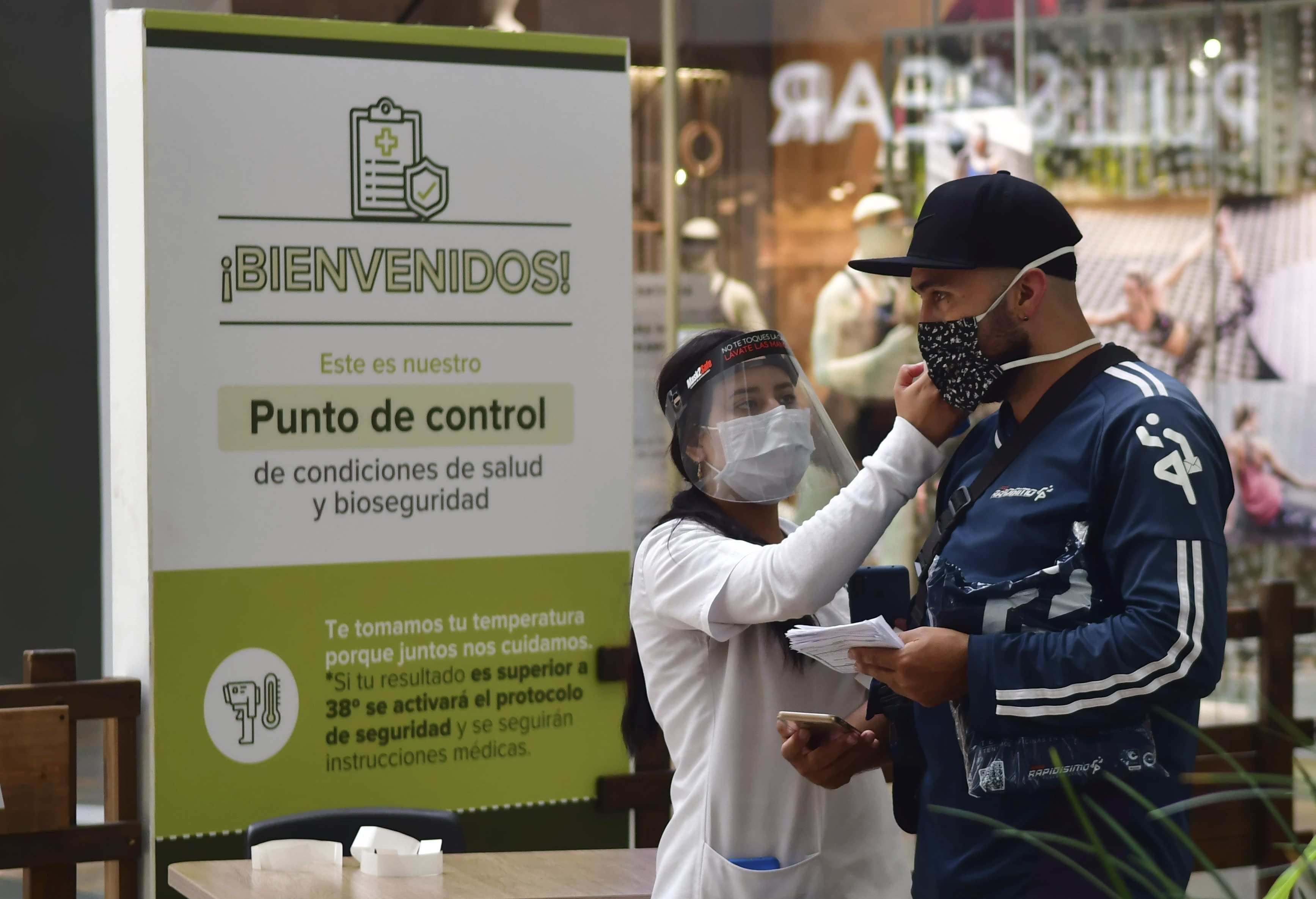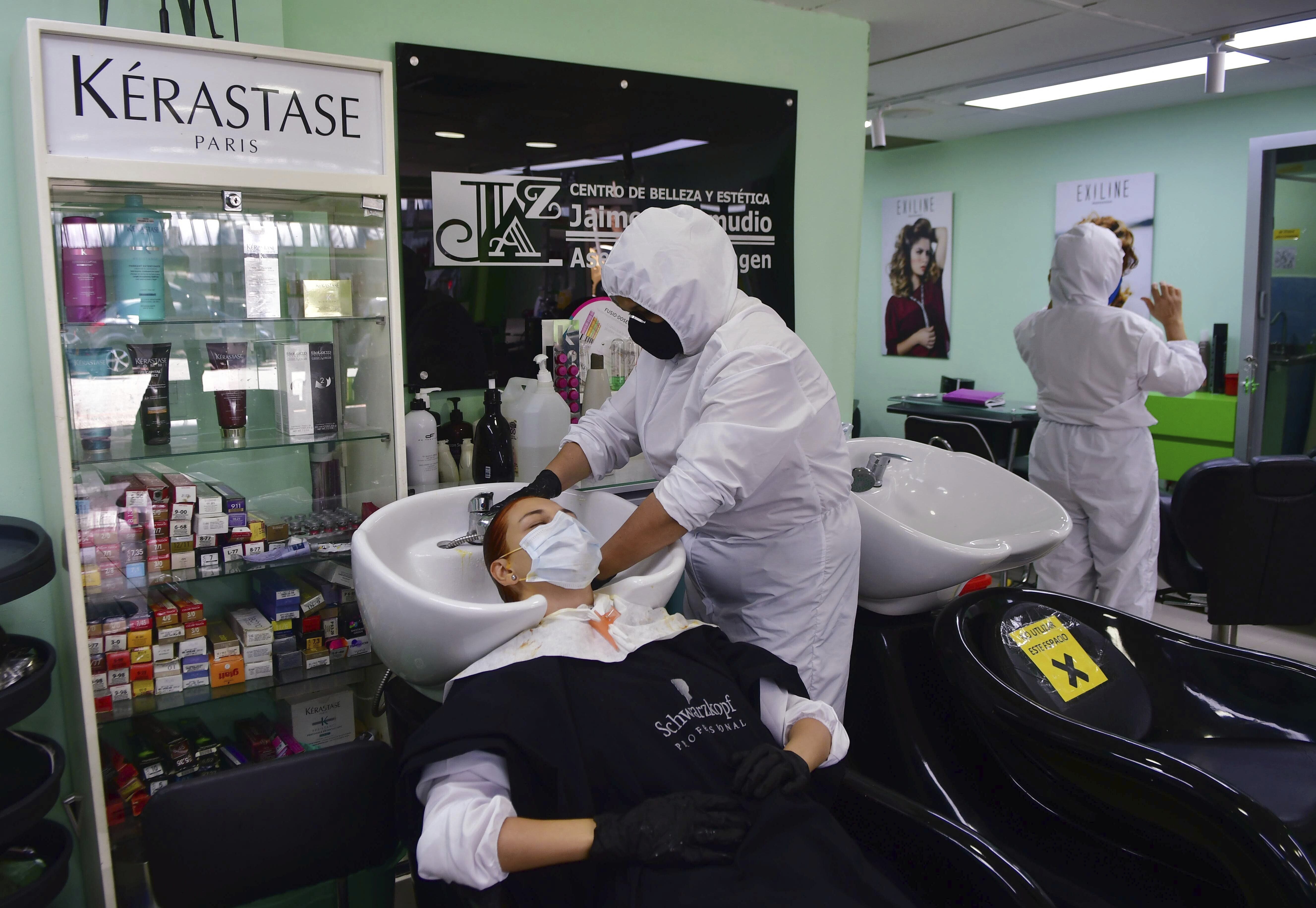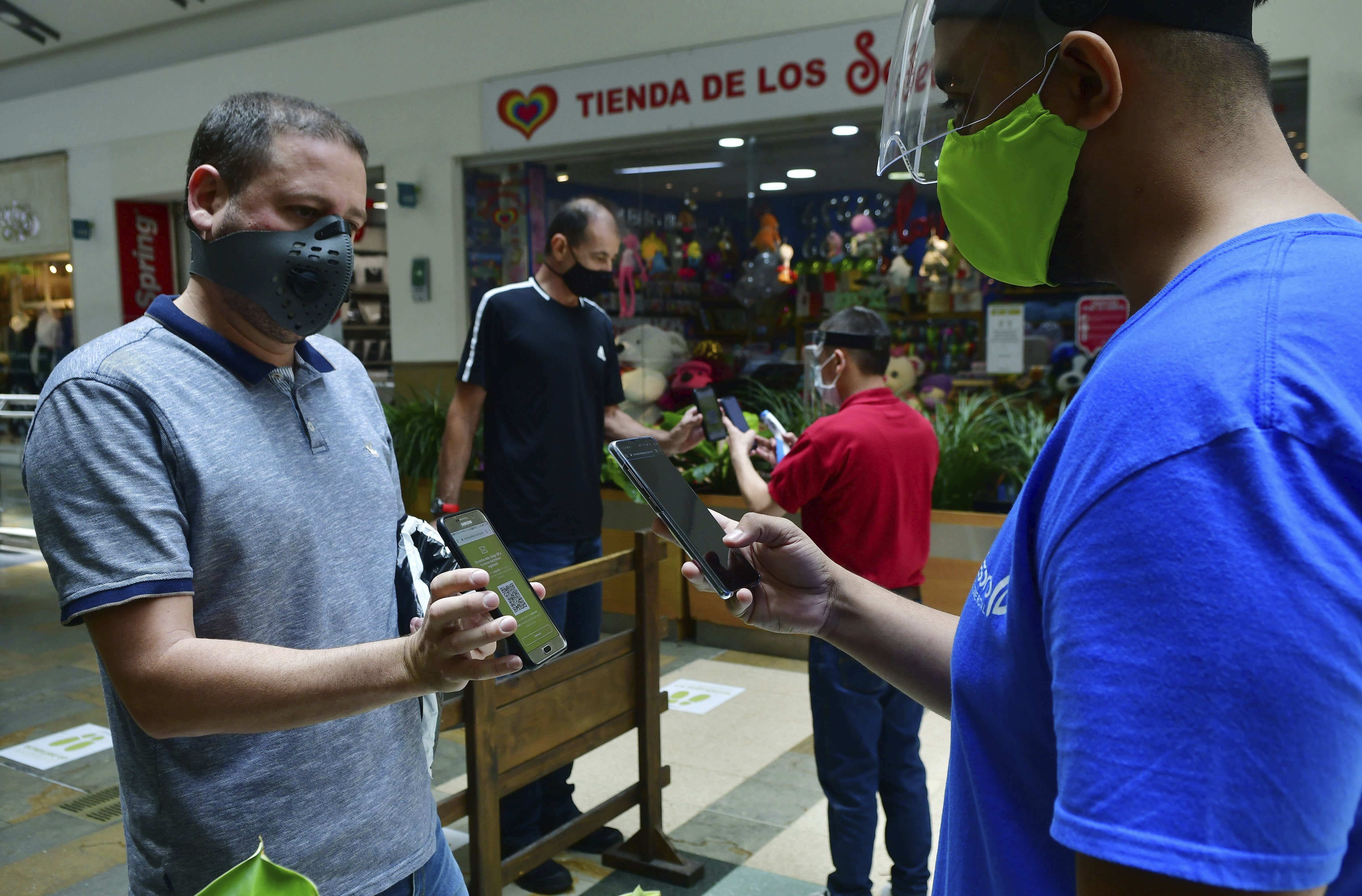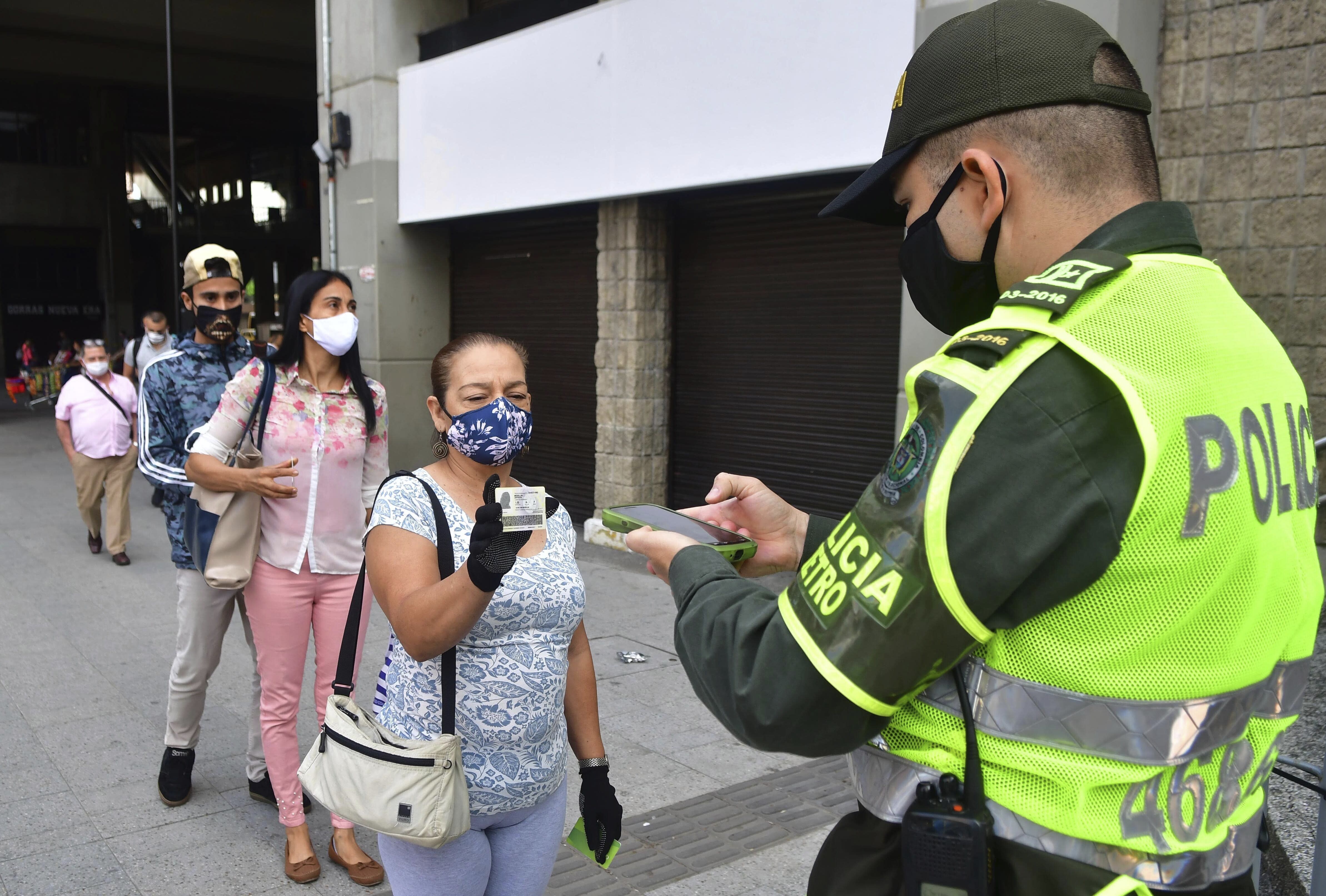Christopher Wilson Senior Writer, Yahoo News•June 12, 2020
New Yahoo News/YouGov poll finds support for Black Lives Matter has doubled among Americans
There are pronounced differences of opinion between older and younger Americans when it comes to the protests in the wake of George Floyd’s death, trust in the police and the prevalence of racism, according to a new Yahoo News/YouGov poll.
Overall, Americans are far more supportive of Black Lives Matter than they were four years ago. They’re also much more supportive of former NFL quarterback Colin Kaepernick’s silent, bent-knee protests during the national anthem, which at the time were broadly unpopular.
But the support for the protests differs by age, with those 18-29 more likely to have a positive opinion of the demonstrations that have convulsed the nation in recent weeks than those 65 or older. And one of the starkest divides between the two groups is on trust in the police and how they’ve handled the protests.
Just 8 percent of the younger group said they had “a great deal” of trust in the police, versus 36 percent for the older group. Overall, 56 percent of the 18-29 group said they had little or no trust in the police versus 21 percent expressing the same sentiment from the 65+ group.
Sixty-five percent of the younger group disapproved of the police response to the protests, compared to 39 percent disapproval from the older group. A majority of the older group also didn’t think police had been violent in response to peaceful protests: Just 31 percent said most or many officers had responded with violence, versus 60 percent of the younger group, who said most or many officers did get violent with peaceful protesters.

WHERE ARE ALL THE ANTI VIETNAM WAR PROTESTERS, FREEKS, HIPPIES, YIPPIES, FROM THE SIXTIES AND SEVENTIES
WE ARE BOOMERS TOO
WE ARE BOOMERS TOO

Protesters in Salem, Mass., on Wednesday. (Matthew J. Lee/Boston Globe via Getty Images)
A narrow majority – 52 percent – of the 18-29 cohort said that police had been more violent than protesters over the last two weeks. Among the older group, meanwhile, 52 percent said the protesters had been more violent.
While videos of police violence against protesters racked up tens of millions of views on social media platforms beloved by younger American, traditional outlets like cable and local news focused on the looting, particularly in the early days of the demonstrations.
The younger group was far more likely to say their minds were changed on the issue recently, with 71 percent saying they had become more concerned about racial injustice in America since the protests began versus 46 percent of the 65+ group.
The older group was more likely to be against violent protests in general, with 81 percent agreeing with the sentiment “Violent protest is never justified in the U.S. as a way for a group to accomplish its goals,” versus just 48 percent of the younger group.

A narrow majority – 52 percent – of the 18-29 cohort said that police had been more violent than protesters over the last two weeks. Among the older group, meanwhile, 52 percent said the protesters had been more violent.
While videos of police violence against protesters racked up tens of millions of views on social media platforms beloved by younger American, traditional outlets like cable and local news focused on the looting, particularly in the early days of the demonstrations.
The younger group was far more likely to say their minds were changed on the issue recently, with 71 percent saying they had become more concerned about racial injustice in America since the protests began versus 46 percent of the 65+ group.
The older group was more likely to be against violent protests in general, with 81 percent agreeing with the sentiment “Violent protest is never justified in the U.S. as a way for a group to accomplish its goals,” versus just 48 percent of the younger group.

A recent protest against police brutality in Boston. (Barry Chin/Boston Globe via Getty Images)
When asked whether systemic racism in policing was a bigger problem than vandalism and violence during, 68 percent of the younger group said racism. For the older group, it was a slim majority (53 percent) saying vandalism and violence were a bigger problem.
A few other areas with a large divide:
· 67 percent of the younger group said it was OK for NFL players to kneel for the anthem to protest police killings of African-Americans, while 54 percent of the older group said it was not OK.
· Just 11 percent of the younger group said police departments don't need to be reformed, versus 28 percent of the older group.· Majorities of both groups either strongly or somewhat agreed with the statement “Racism is built into American society. The assumption of white superiority pervades schools, business, housing, and government.” However, the size of those majorities differed, with 72 percent of the younger group concurring versus 55 percent of the older group.
· 40 percent of the older group said it was appropriate to forcibly remove peaceful protesters away from the White House, versus 23 percent of the younger group.
· 57 percent of the younger group said the protests were motivated by a genuine desire to hold police officers accountable, while 50 percent of the older group attributed it to a long-standing bias against the police.
· 7 percent of both the 18-29 and 30-44 age groups replied yes when asked "Are you racist?" Just 1 percent of the 65+ group responded in the affirmative.
The numbers in this poll represent only a few hundred Americans in each group, but they are in line with the massive gap polls found in the Democratic presidential primary, where the campaign of Sen. Bernie Sanders attracted younger voters and older voters tended to prefer the more centrist former Vice President Joe Biden.
When asked whether systemic racism in policing was a bigger problem than vandalism and violence during, 68 percent of the younger group said racism. For the older group, it was a slim majority (53 percent) saying vandalism and violence were a bigger problem.
A few other areas with a large divide:
· 67 percent of the younger group said it was OK for NFL players to kneel for the anthem to protest police killings of African-Americans, while 54 percent of the older group said it was not OK.
· Just 11 percent of the younger group said police departments don't need to be reformed, versus 28 percent of the older group.· Majorities of both groups either strongly or somewhat agreed with the statement “Racism is built into American society. The assumption of white superiority pervades schools, business, housing, and government.” However, the size of those majorities differed, with 72 percent of the younger group concurring versus 55 percent of the older group.
· 40 percent of the older group said it was appropriate to forcibly remove peaceful protesters away from the White House, versus 23 percent of the younger group.
· 57 percent of the younger group said the protests were motivated by a genuine desire to hold police officers accountable, while 50 percent of the older group attributed it to a long-standing bias against the police.
· 7 percent of both the 18-29 and 30-44 age groups replied yes when asked "Are you racist?" Just 1 percent of the 65+ group responded in the affirmative.
The numbers in this poll represent only a few hundred Americans in each group, but they are in line with the massive gap polls found in the Democratic presidential primary, where the campaign of Sen. Bernie Sanders attracted younger voters and older voters tended to prefer the more centrist former Vice President Joe Biden.




















